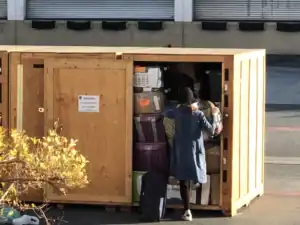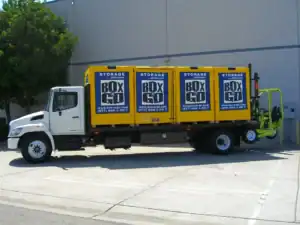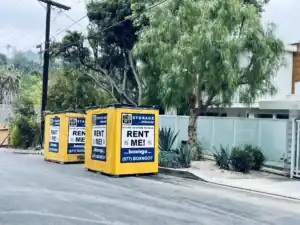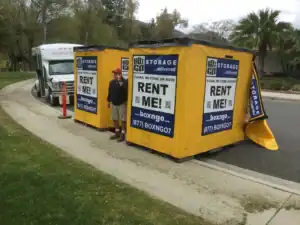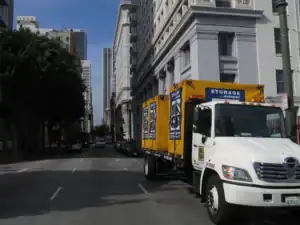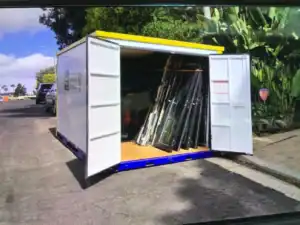If you’re packing fragile items for storage, the difference between “intact” and “uh-oh” is all in your prep. Dish sets, picture frames, heirloom ceramics, guitar amps, mirrors, and knick knacks all behave differently under road vibration and warehouse stacking. Below is your complete, step-by-step playbook—grounded in Box-n-Go’s portable model—so you can pack fragile items once, […]
